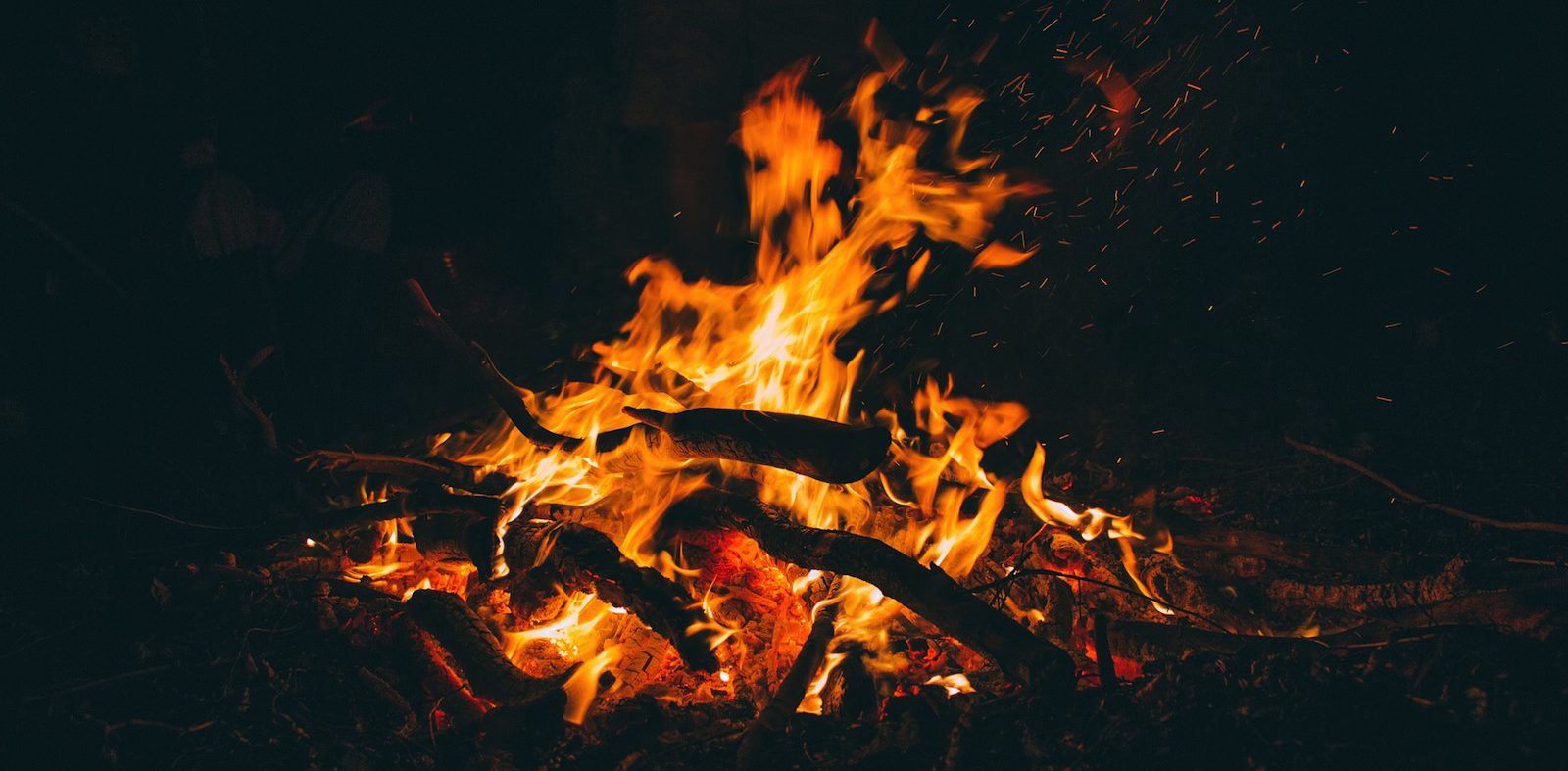As the temperature drops, nothing beats a night spent by a good old-fashioned bonfire. But it’s crucial to know how to properly build, tend, and douse your bonfire to help you and your loved ones stay safer.
Before you start
You might need permission before starting a bonfire, so check with your jurisdiction!
Authorities may also provide a list of safety precautions, which will list “conditions, hazardous conditions, dry conditions, prevailing winds, the speed of the winds, types of fuel to use, how to ignite it, security and fire ground monitors,” says Tony Collins, a fire marshall from Clive, Iowa.
Building your bonfire
Once you’ve made sure your bonfire is legal, use the following guidelines to get your bonfire started safely:
– Keep your bonfire away from sheds, fences, and trees.
– Make sure your stack of kindling or firewood is stable and won’t tip over or collapse.
– Use dry material, since damp material generates more smoke—which is annoying to your neighbors and potentially harmful for people with respiratory issues.
– Do not burn any aerosol cans, ties, or anything with foam or paint, since these items can produce toxic fumes and have the potential to explode.
– Keep garbage away from the fire to negate the temptation to toss objects into the flames.
– Gasoline or paraffin should never be used to get the fire started.
Tending to your bonfire
The following are some crucial tips to keep in mind when tending to the flames:
– Always keep a large bucket of water or a hose nearby.
– Don’t leave any fires unattended.
– Avoid throwing trash, flammable objects, or fireworks into the fire.
– Keep children and pets at a safe distance.
At the end of the night
Make sure to allow yourself plenty of time at the end of the night to make sure the fire is completely out and unable to reignite.
Here’s a step-by-step guide for how to safely put out your bonfire:
1. Thoroughly douse the flames with water.
2. Mix the embers with soil.
3. Turn over charred materials with metal shovels or rakes to uncover any embers that may still be faintly lit.
4. Inspect the entire site for potential embers that have escaped.
A good rule of thumb: if it’s too hot to touch, it’s too hot to leave.







